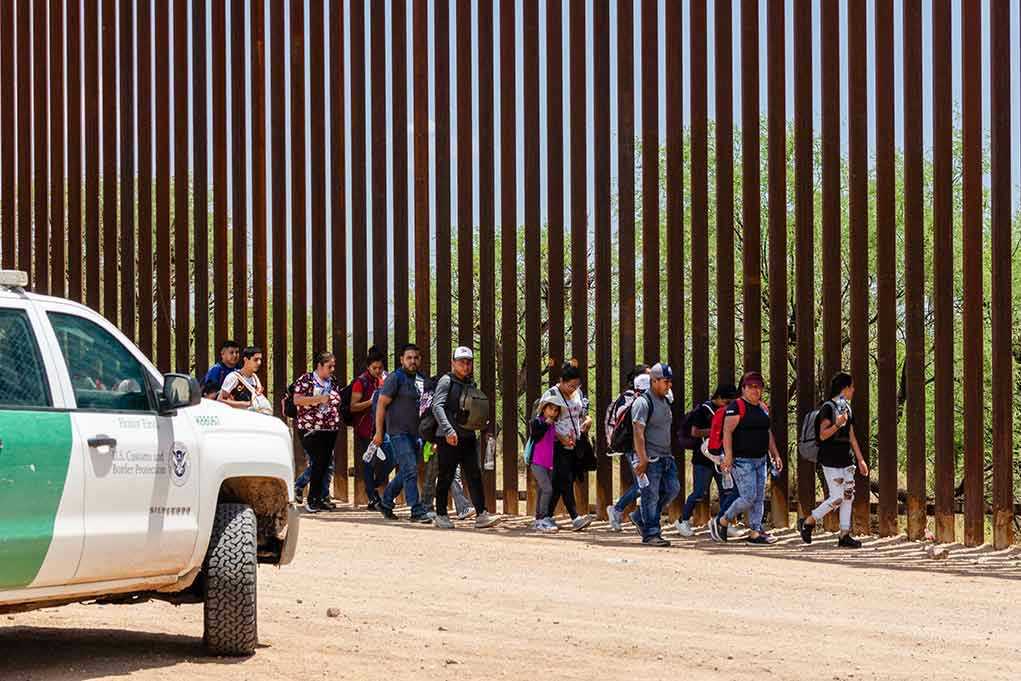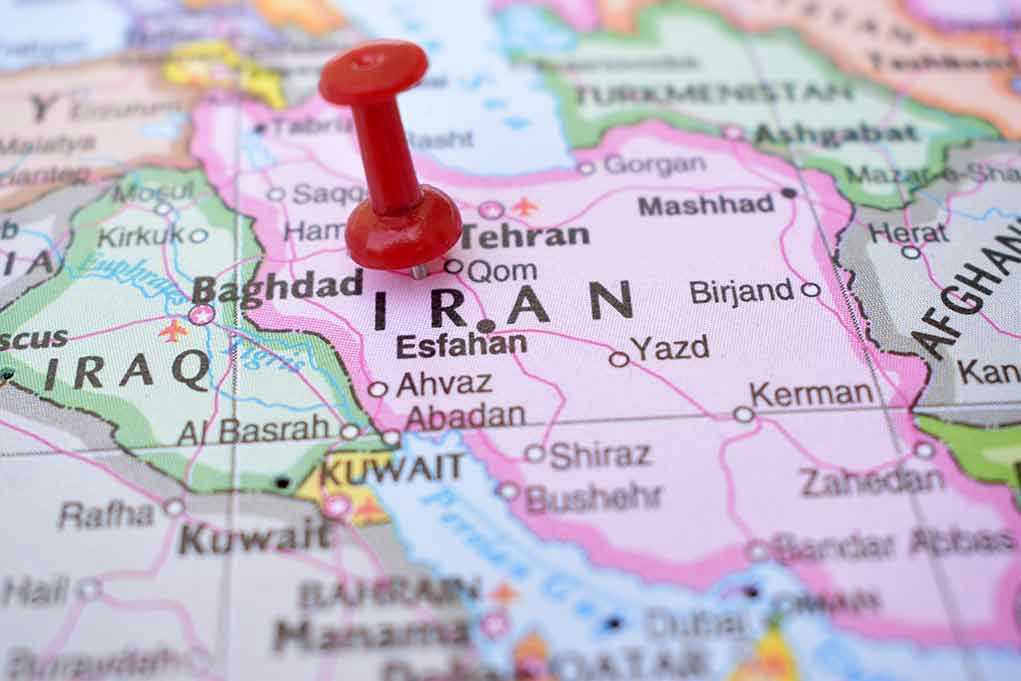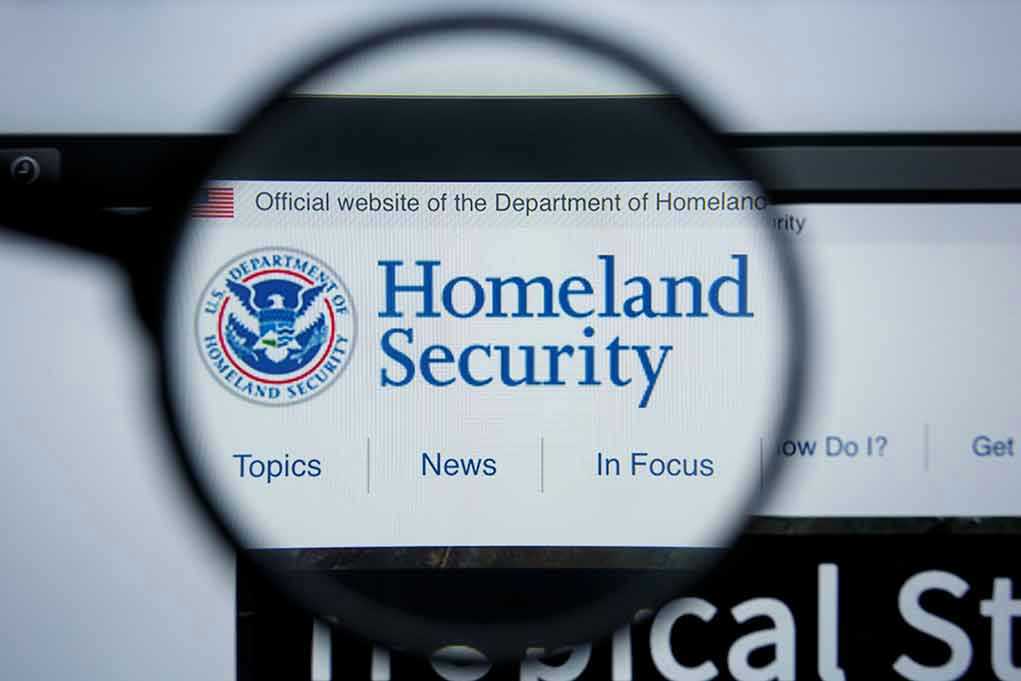
A new initiative to paint the U.S.-Mexico border wall black aims to deter illegal crossings by making the structure hotter and more difficult to climb, a move that underscores President Trump’s continued commitment to border security.
Story Highlights
- The black paint initiative is a directive from President Trump, announced by DHS Secretary Kristi Noem.
- Black paint absorbs more heat, making the wall hotter and harder to scale.
- This strategy is part of a broader border security effort, including technological upgrades.
- The initiative revives a concept first tested during Trump’s initial presidency in 2020.
Presidential Directive for Enhanced Security
On August 19, 2025, in Santa Teresa, New Mexico, DHS Secretary Kristi Noem announced a bold new initiative under President Trump’s directive to paint the U.S.-Mexico border wall black. The intent is clear: increase the wall’s surface temperature to deter climbing attempts. This decision is part of a larger strategy to enhance border security by combining physical barriers with technological advancements.
The rationale behind using black paint lies in its ability to absorb more heat, thus making the wall hotter and more challenging to climb. This approach aims to supplement existing physical and technological deterrents, creating a multifaceted barrier against illegal immigration. The effort revives a concept first tested during Trump’s first administration in 2020, where select wall sections received similar treatments.
Historical Context and Strategic Implications
The border wall has been a cornerstone of U.S. immigration policy debates, especially during President Trump’s tenure. From 2016 to 2020, the administration prioritized constructing physical barriers. The current initiative follows years of funding and construction efforts, despite ongoing debates over its effectiveness and cost. As the wall’s black paint initiative unfolds, it signals a renewed focus on physical deterrence coupled with advanced technology like cameras and sensors.
While the initiative is expected to deter unauthorized crossings by making climbing more arduous, questions remain about its long-term efficacy. Concerns about maintenance costs related to the paint and potential wear due to increased surface heat have been raised. Additionally, the broader political and social implications of such a strategy continue to be a topic of intense debate among policymakers and advocacy groups.
Stakeholder Perspectives and Future Outlook
Among the key stakeholders, President Trump and Secretary Noem are motivated by the goal of deterrence and political signaling, emphasizing the importance of a secure border. The U.S. Customs and Border Protection (CBP), tasked with wall maintenance, supports the initiative as part of operational effectiveness. However, advocacy groups express concerns over the humanitarian impact of such measures, while border communities anticipate potential changes in crossing patterns.
As painting begins, covering the entire southern border wall, the initiative invites discussions on the balance between physical security and comprehensive immigration reform. Engineering experts note the potential challenges associated with maintaining the wall under harsher conditions, while migration scholars continue to question the efficacy of physical deterrents over more holistic approaches.
Sources:
Axios: Border wall to be painted black at Trump’s request, Noem says
Fox News: Kristi Noem reveals striking new layer to Trump’s border wall strategy

















